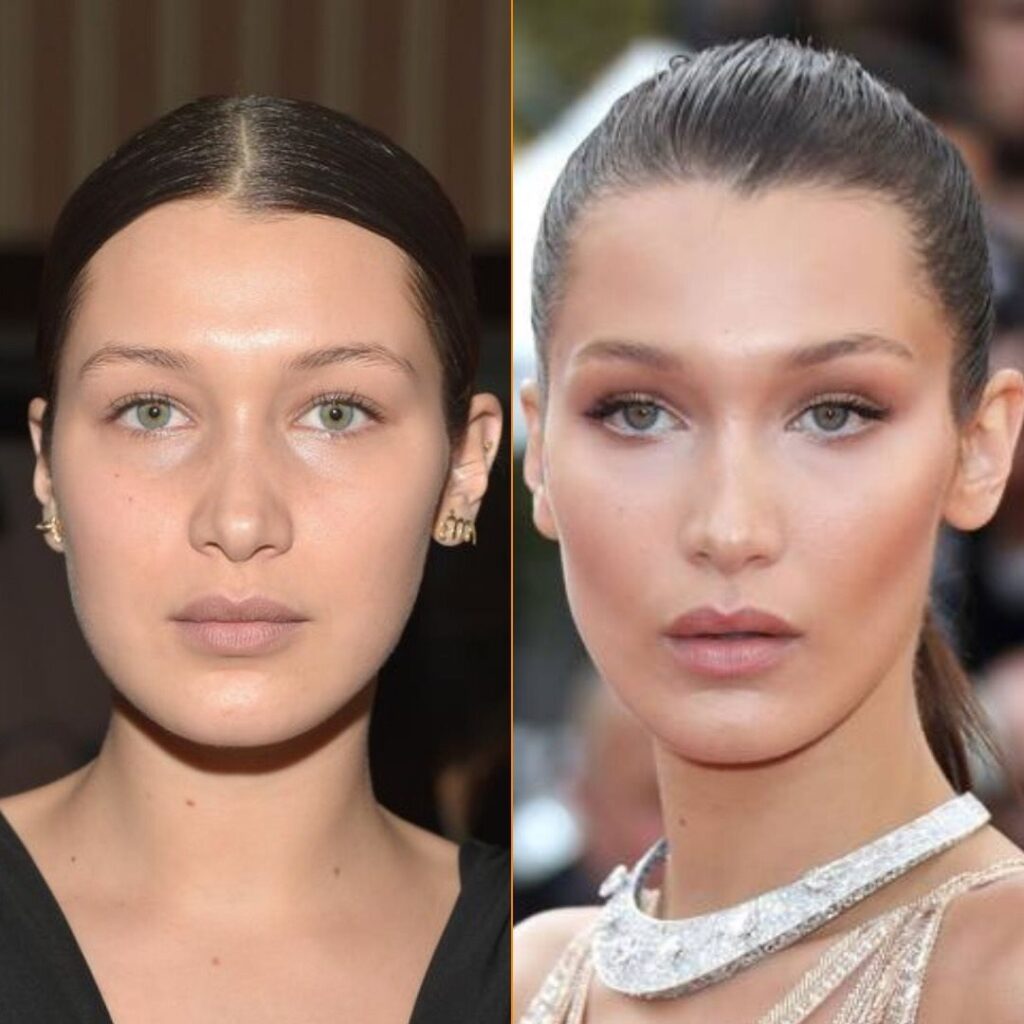
Buccal Fat Removal
By surgically removing fat pads in the lower cheek, buccal fat removal—also known as buccal lipectomy or cheek fat removal—can result in a thinner face.
What You Must Understand
Buccal fat removal: what is it?
By removing fat from the lower cheek, buccal fat reduction is an elective plastic surgery operation that narrows the lower face and highlights the jawline and cheekbones.
The pad of adipose tissue (fat) beneath each cheekbone is called buccal fat. Each person has a different size and form for these cushions. The face may appear rounder if there is more fat in the buccal area.
Reducing buccal fat can make the face appear less round and more V-shaped while also defining the cheekbones and producing a shadow contrast between them and the lower jaw. Depending on the desired facial form, the treatment may involve the removal of all or part of the buccal fat. Because buccal fat pads do not regrow, the effects endure for a long time. However, if there is a substantial increase in weight, other fat cells in the face might enlarge.
Other facial cosmetic surgery treatments may be carried out in conjunction with the removal of buccal fat.
What distinguishes cheek liposuction from buccal fat removal?
Using a suction device and a thin tube, cheek liposuction removes fat from the face. Surgery to remove the fat pad beneath the cheekbone is known as buccal fat removal. The optimal technique for addressing cheek fullness and facial contouring might be suggested by your plastic surgeon.
Does removing buccal fat reduce smile lines?
The grin lines, which run from the corners of the lips to the sides of the nose, may be emphasized by large buccal fat pads. While some people may find that their deep smile lines become less noticeable after eliminating the buccal fat, this is not the procedure’s intended outcome. Deep smile lines can be more permanently removed by tightening the skin with a facelift.
Does the excision of buccal fat have an age limit?
Because the face’s structure and buccal fat pads fluctuate as people age, most doctors advise waiting until a person is between the ages of 18 and 20 before having any buccal fat removed. Some young kids who have a round face eventually grow out of it.
On the other side, if buccal fat is removed without additional treatments like a facelift, older persons who have less elastic skin may have sagging in the lower face.
Recuperation Following Buccal Fat Removal
Following buccal fat removal, recovery takes roughly three weeks, but as your face shape changes to accommodate the missing fat pads, benefits might not be seen right away. After a week, the swelling in your face will begin to reduce and eventually go away, exposing your results approximately two months later.
Throughout the healing process:
Will the results of removing buccal fat remain as you get older?
How will I appear ten years after having my buccal fat removed? Before choosing this technique, it is a good idea to think about this question. The buccal fat pads do not regrow after being removed permanently. If you don’t lose or gain a lot of weight, your new face shape should persist.
The slimming effects of buccal fat reduction may be exacerbated by aging. People naturally lose facial muscle mass and fat as they age. Furthermore, the skin may relax and start to droop.
Some patients who have had cheek reduction surgery have observed that their faces look older than they would have thought years later, which may be explained by this normal process. A person can maintain a smoother, younger-looking appearance as they age by having some buccal fat in their cheek.